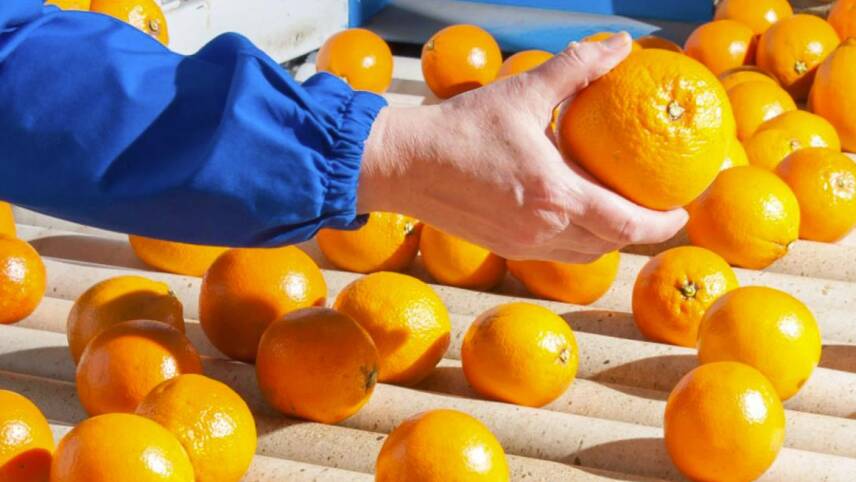Register for free and continue reading
Join our growing army of changemakers and get unlimited access to our premium content

The Courtauld 2030 Scope 3 Measurement & Reporting Protocols for UK Food & Drink businesses have been published today (19 May) by WRAP. In the first instance, the Protocols will be adopted by ABP, ABWF, Albert Bartlett, Apetito, AVARA, Barfoots, Bidfood (with CI support), CH&Co, Hilton Food Group plc, Kepak, Sainsburys, Tesco and Westmill.
All of the businesses signed up to pilot the Protocols are supporting WRAP’s Courtauld 2030 commitment. On emissions, the commitment requires emissions associated with food and drink consumed in the UK to be halved by 2030, against a 2015 baseline. Meeting this target will doubtless require a greater focus on Scope 3 emissions, which, for most large businesses, account for the majority of their emissions footprint.
WRAP said in a statement that the Protocols should help businesses across the sector, from retailers, hospitality providers and food-to-go outlets, to product and ingredient suppliers, avoid common challenges associated with measuring indirect emissions. Research conducted by WRAP in the development of the Protocols found that the two most common barriers to good Scope 3 measurement were poor data and the cost associated with employing external consultants.
The new Protocol translates global recommendations from the GHG Protocol and the Science-Based Targets Initiative (SBTi) into simpler terms and interprets the information specifically for the food and drink sector. It provides advice on discerning and then improving data quality. It also lists which sources of Scope 3 emissions included in the GHG protocol are likely to be the most material to different kinds of businesses in the sector, with a common focus on purchased goods.
Published alongside the Protocol is are supplier and product questionnaires, designed to help guide businesses in their engagement with suppliers on emissions data.
Later this year, WRAP will publish an emissions factor database – a resource which will detail average emissions associated with certain ingredients and processes. WRAP has stated that the database “will be an interim solution to the inconsistency of emission factor data sets whilst the industry works towards better supply chain data through a variety of initiatives”.
WRAP will review the protocol as a whole next year, once the GHG Protocol has published its guidance on land-use emissions and nature-based emissions removals accounting. It will then, subsequently, be reviewed every two years.
“Many food and drink businesses are now setting emissions reduction targets which encompass their full supply chains, but have faced the challenge of how to consistently demonstrate and deliver progress against these targets,” said the Food and Drink Federation’s (FDF) head of climate change and energy policy Emma Piercy. “The FDF welcomes WRAP’s new protocols as a response to industry demand for credible and consistent measurement of scope 3 GHG emissions and will help propel the sector towards the Courtauld 50% GHG reduction target by 2030.”
Last April, the FDF announced an ambition on behalf of the sector to reach net-zero emissions across the value chain by 2040. The Federation represents more than 200 businesses of varying sizes and varying positions in the food and beverage industry.


Please login or Register to leave a comment.